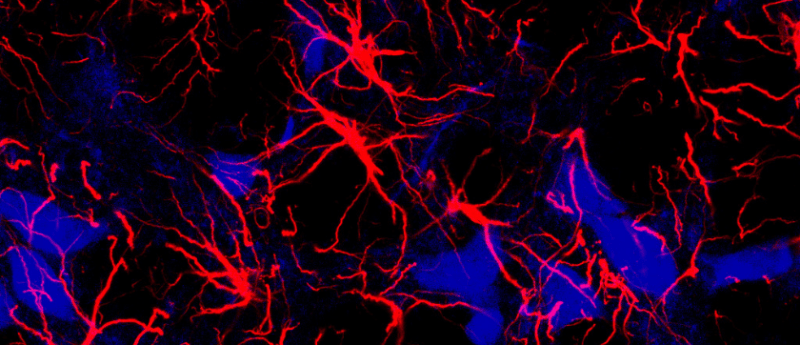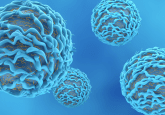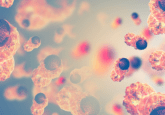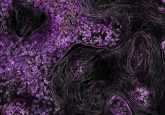World’s largest resource of potential drug combinations for hard-to-treat cancers created

Researchers have evaluated the potency and efficacy of 2,025 clinically relevant two-drug combinations, providing potential therapies for some types of hard-to-treat cancers. The data generated by the team, from the Wellcome Sanger Institute (UK) and collaborators, encompasses 125 molecularly characterized breast, colorectal and pancreatic cancer cell lines.
The paper, which was recently published in Nature, forms part of the Cancer Dependency Map – a freely available resource that aims to systematically identify vulnerabilities in cancer cells.
“Resistance to cancer treatments is a huge problem that costs lives, and therefore having other effective therapies available for when the cancer does not respond is vital.”
“This freely available resource has the ability to empower precision oncology and starts to write the rule book for combining different drugs to overcome resistance, limit toxicity of pre-existing drugs, and expand the range of options for patients with breast, colon or pancreatic cancer,” commented senior author Mathew Garnett (Wellcome Sanger Institute).
The team of scientists also linked biomarkers, which could be used to identify patients that would benefit from the drug combinations to make sure they are applied effectively.
This freely available resource has the ability to empower precision oncology and starts to write the rule book for combining different drugs
To demonstrate that their analysis is effective in a real-world application, the researchers verified a drug combination in mice using colon cancer cells with a specific double mutation. This combined a drug already used for colon cancer with another one that is in clinical development. The combination halted tumor growth in mice, showing the benefit of combining drugs that are in clinical development with existing chemotherapies.
To verify the analysis conducted, the team tested a drug combination of irinotecan and CHEK1 inhibition in mice using colon cancer cells that were microsatellite-stable or had a KRAS–TP53 double mutation. The drug combination had synergistic effects, resulting in apoptosis and suppression of tumor xenograft growth.
Many drugs are safe but do not show clinical efficacy on their own and although combinations of drugs can treat a variety of diseases, the hundreds of thousands of possible drug combinations mean researchers don’t know which ones are effective. It would be unethical and impractical to test all the combinations. Therefore, this paper is pivotal in showing how drugs could be combined to have greater efficacy and which group of patients would potentially benefit, accelerating the development of new therapies.
“We hope that this will be used by scientists all over the world to investigate previously unexplored combinations of drugs, leading to new options for those who need it,” Garnett concluded.
Source: www.sanger.ac.uk/news_item/new-drug-combinations-found-for-resistant-cancers/





